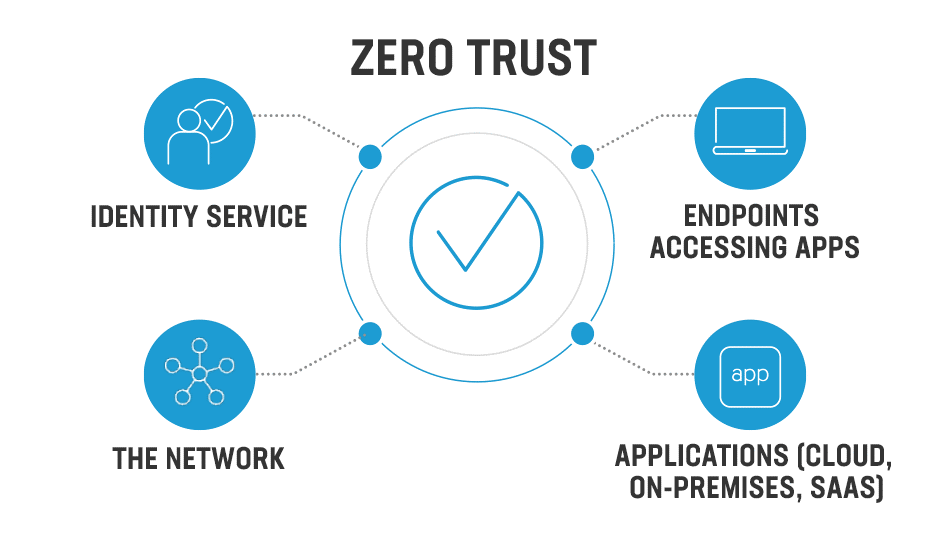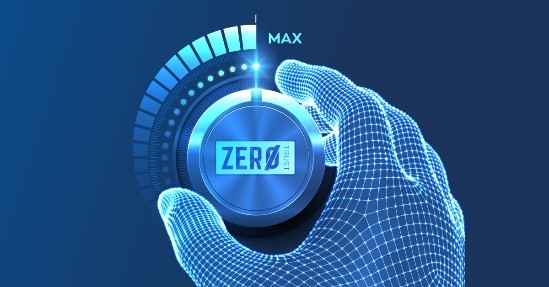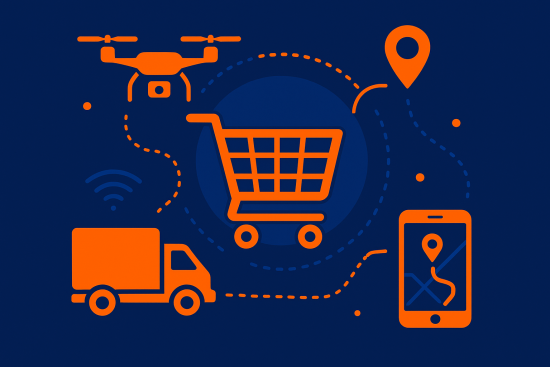
We would like to tell you about the protagonist of cybersecurity for companies. Zero Trust which, translated into Spanish, means "Zero Trust" and, as its name indicates, it is "no trust" on which this model is based.
Zero Trust permanently monitors and identifies users who want to enter an organization's network, either from the company's offices or remotelyIn this way, it examines different data and makes use of different system tools so that each employee continuously goes through a new verification process.
What is Zero Trust?
According to the above, Zero Trust is a security model that considers that none of the users of a company's computer network can be trusted.. Therefore, it could be said that for this security model, trust does not exist. Zero Trust Security is characterized by its powerful services that perform the function of verifying the identity of each user to ensure access to applications and infrastructure of enterprise networks.
Thus, after verifying the user's identity and the correctness of the use of the device, authorization and access to the network is given. In this way, Zero Trust makes use of an identity platform that is composed of four elements that, when combined, enhance security to guarantee access to resourcesLikewise, helps to significantly reduce the possibility of access to the network or its resources by people seeking to do evil.
Elements Zero Trust
To achieve "Zero Trust" the model Zero Trust unifies these four elements working as a single unit to achieve greater security:
User Verification:

Zero Trust is not satisfied with just requesting a user name and password to grant access permission; therefore, it goes beyond that and uses passwords with multi-factor authentication (MFA), which is based on asking the user about: something they use, something they have, something they know, or something they are. The level of trust is completed by passing these additional verification tests and, thus, will determine, in parts, whether or not permission to enter the network is given and, in addition, permission to enter up to certain levels will be given.
Verification of the device:
Just as this model distrusts users, it also distrusts devices; This is why each user must register his or her device and, in this way, Zero Trust can recognize it. If the user logs in from a previously registered device or from the one they log in from every day, they will already have a certain level of trust; however, the system will make them follow a few verification steps. But if they try to access the network or services from a different device, they lose the trust that the system has built up..

On the other hand, Zero Trust also analyzes whether the devices of anyone wishing to access the network meet certain security requirements.The device's configuration conforms to company policies, disk encryption, virus protection, and more.
Limitation of access and privileges:

For Zero Trust Security It is important to place limits on contiguous movement within all network resources.such as servers and workstations; This limits users to only being able to access what is strictly necessary for them to do their work.
Regarding authorization in business applications, Zero Trust performs different checks as these applications usually contain large amounts of critical data, and are continuously used by several users within the organization.For these reasons, they are easier targets to attack. Consequently, for Zero Trust it is very important to provide only the necessary accesswithin each application.
Adaptation and learning:
Zero Trust continuously improves its safety levels through learning and adaptation. It does this by collecting information about users, the endpoint network, applications, server, policies and all related activities, sending data sets that feed the model's machine learning.
In this way, the system will automatically recognize "strange" behaviors, such as, if one of your users wants to access the network from an unusual location, Zero Trust immediately issues a warning signal so that this user is required to provide a second form of authentication.

Advantages of Zero Trust
- Zero Trust makes it difficult for cyber attackers to compromise the organization's data because it creates many barriers.
- It ensures that data, resources and applications are inaccessible by creating a perimeter around the most important and confidential resources and data.
- Improve verification processes.
- It monitors users and partitions data to make it difficult for unauthorized users to access company information.
- Improves network performance by reducing traffic on subnets.
Now you know a little more about cybersecurity. Remember that having a secure website is paramount to offer security to your users and, in the same way, increase traffic to your website, as well as your sales or interactions.
We invite you to take a look at the products and services that CLICKPANDA has for you to strengthen the security of your web site, we also invite you to read the articles from our blog and to follow us in our social networks.







